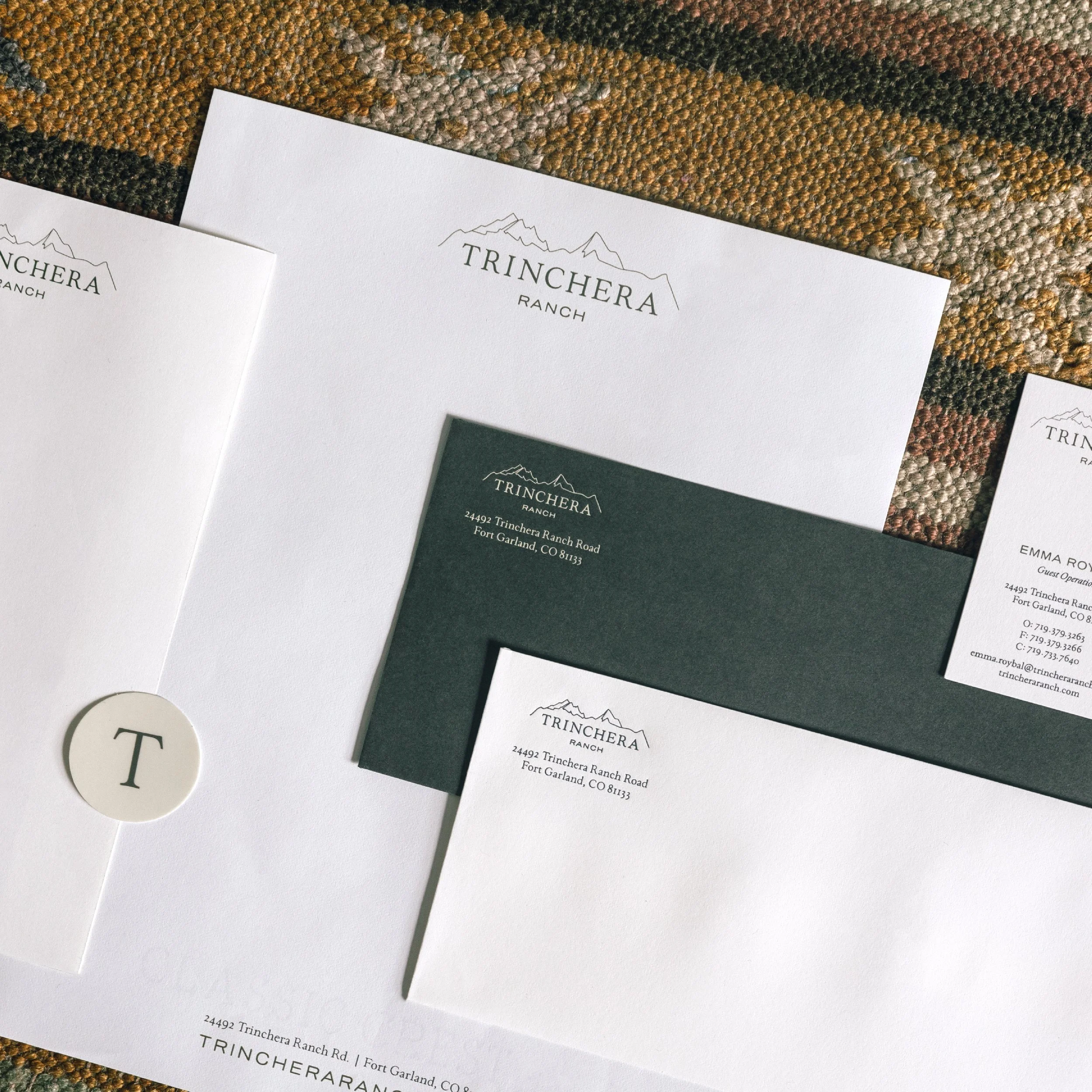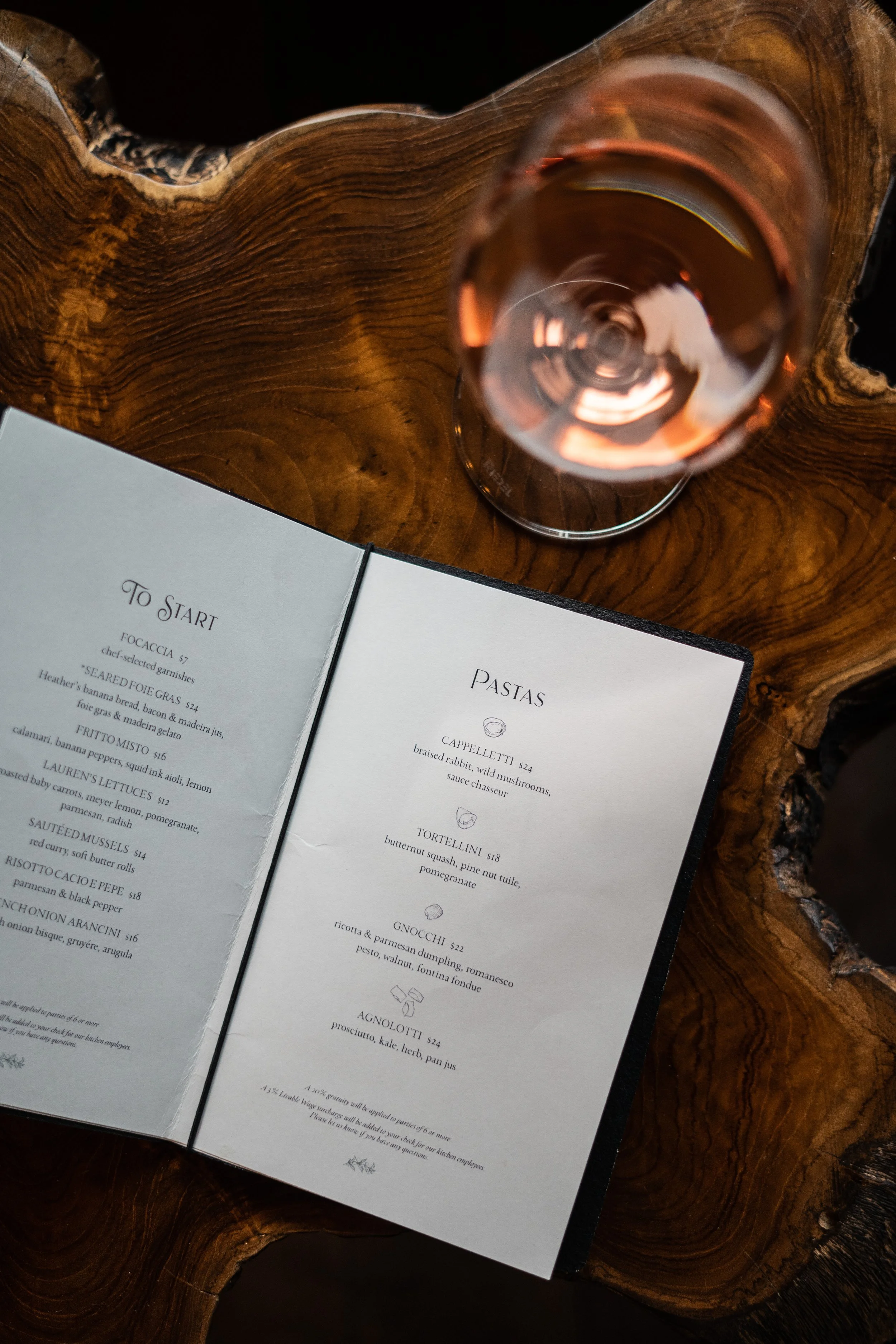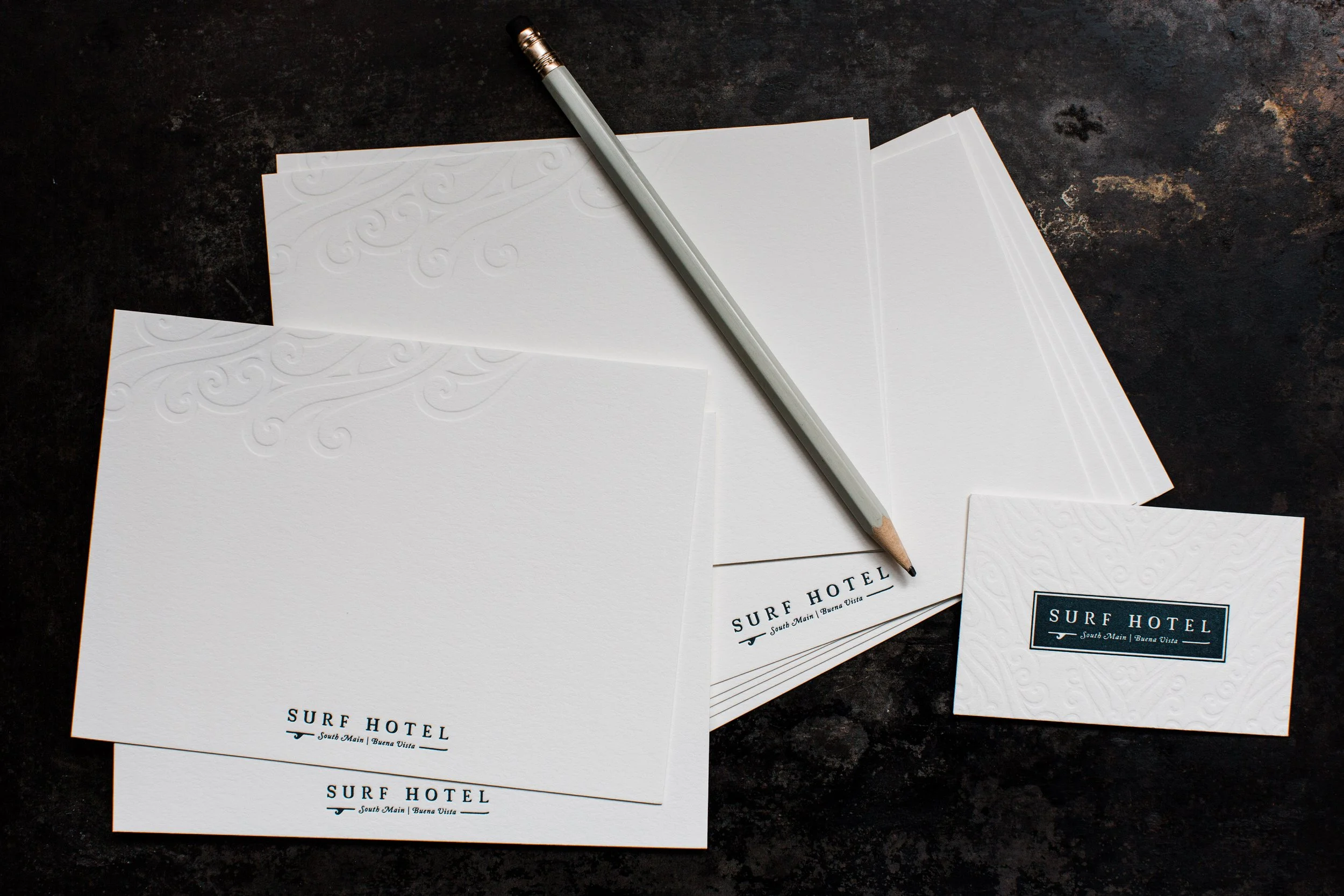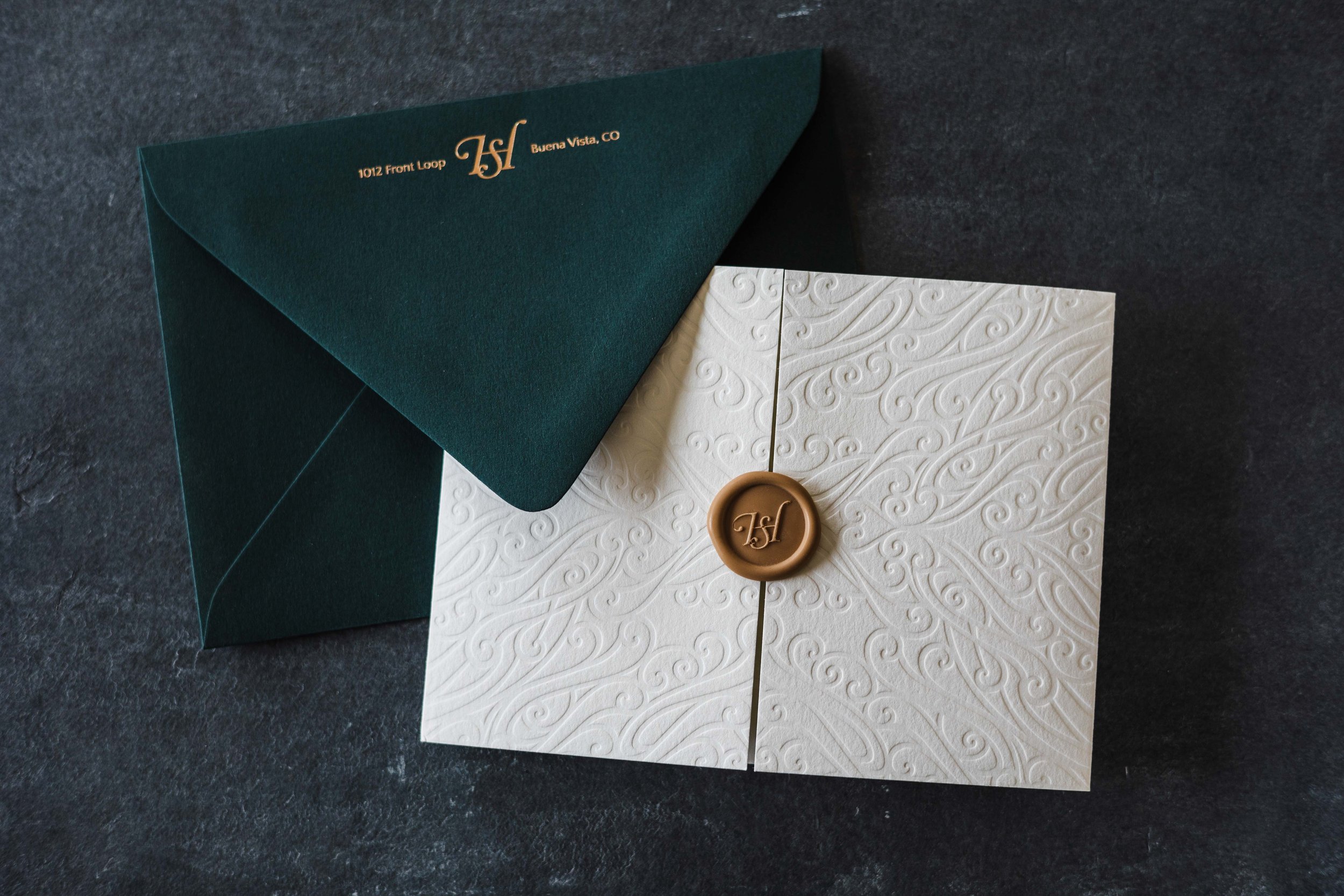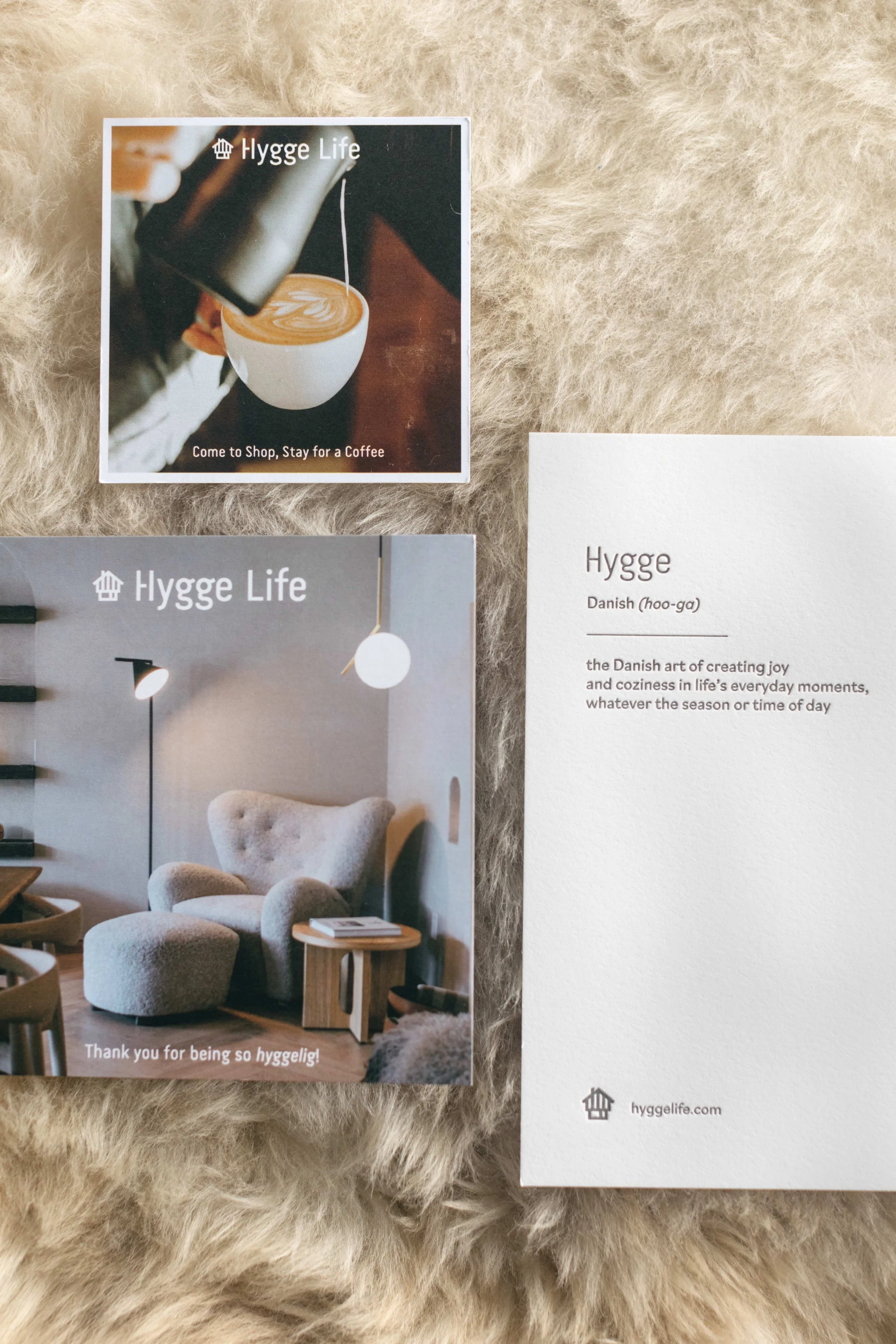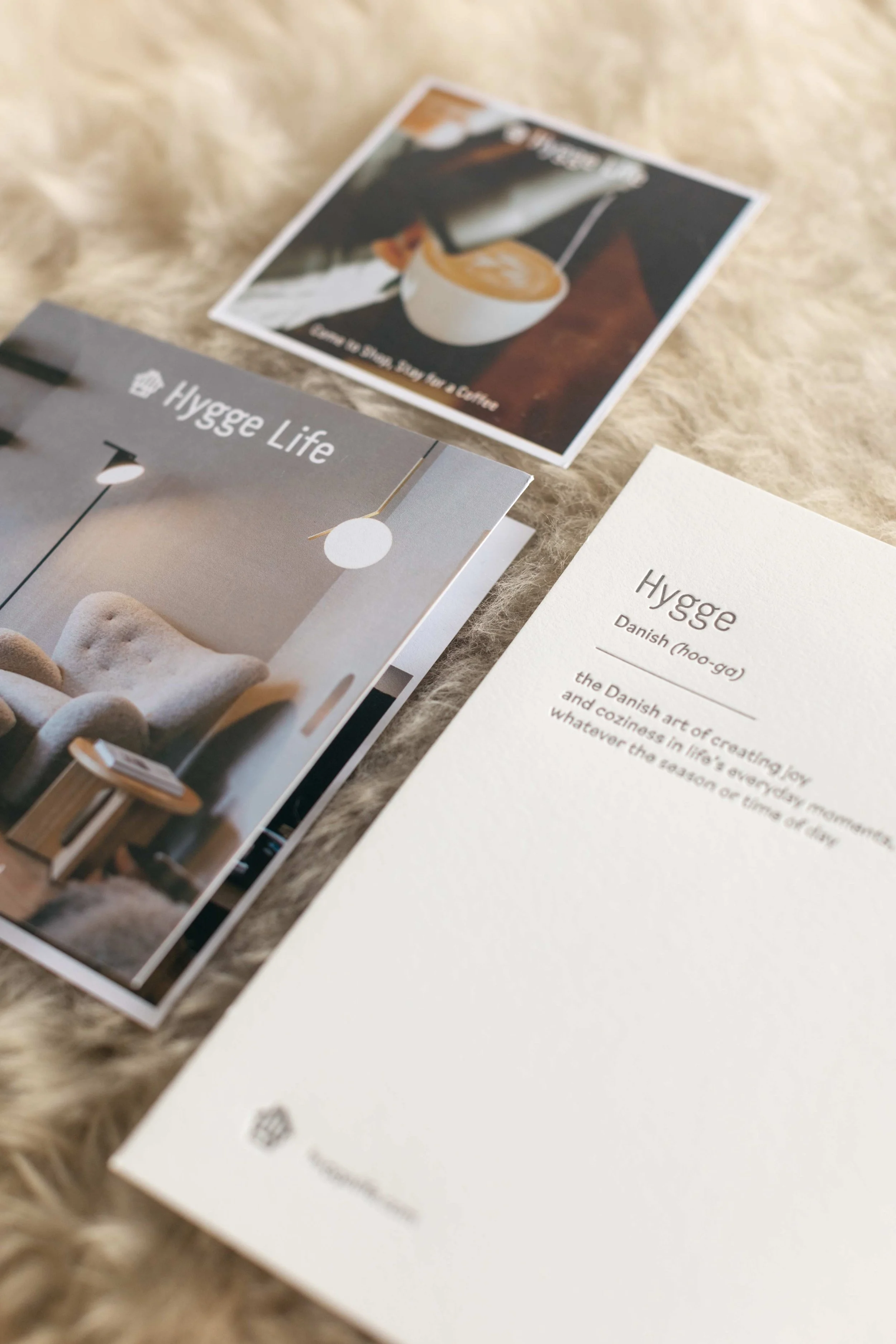The Power of Print: Differentiating Your Brand in a Digital World
As a business owner, there are countless reasons why you might choose to eliminate printed materials: sustainability, simplicity or even just saving money. But if your business operates in the realms of hospitality, luxury or even community-building, choosing to go all-digital may undermine your brand’s reputation and customer experience.
Let’s take one situation we all know intimately: you walk into a restaurant for a long-overdue date with your partner or a catch-up with friends, and then you spot it: the dreaded QR code. Suddenly, this communal, social evening—one of the rare times when you might keep your phone stashed in your pocket—has you pulling out the devices and staring at yet another screen.
In this scenario, the decision to forgo printed menus sets the tone for the entire evening. And if you’re a brewery, a food truck or a fast-casual chain, using a QR code may fit seamlessly within the identity of your brand. But if diners are heading to your restaurant for an escape from their everyday lives or a meal that surpasses their own home cooking, we would argue that investing in printed menus is well worth the time and money. For our clients at Olivia Restaurant in Denver, for example, starting the meal with an embossed, leather-bound menu that features custom illustrations of their cocktails and housemade pasta is the first opportunity to communicate clearly to guests: we’re here to take care of every last detail.
Images by Joni Schrantz
Beyond setting the tone for an experience, physical brand touchpoints can also be an opportunity to meaningfully engage guests or tell your brand story. Imagine how it feels to arrive in (1) an empty hotel room, (2) a hotel room with a generic, overwhelming ring binder of information or (3) a hotel room with one or two curated, value-driven printed materials. In the latter case, this could be a hand-written welcome note, a custom property / neighborhood map or a limited room service menu. Immediately, these higher quality, purposeful materials begin to shape the way guests interact with your staff, your property and the surrounding area—not to mention how they feel about their stay.
Even if we remove ourselves from the in-person realm—as in the case of e-commerce shops—printed materials become one of the rare opportunities to add a more personal, human touch to customer interactions. For our clients at Hygge Life, a luxury furniture and home goods store, streamlining and restrategizing the printed information they include with each shipment was an opportunity to convey the store’s small-business story, re-engage first-time customers and cultivate brand loyalty.
In the end, both print and digital elements have their role to play in every business, but strategically thinking about how you want to make customers feel and the reputation you hope to build for your brand is a helpful strategy for considering when and whether printed materials might be a meaningful investment.


